This post is an accompaniment to my recent post Small Game. It is not so hard to supplement your hiking rations with some tasty protein after all. A couple of hundred grams of protein will meet your daily requirements, whilst 500+ grams will be nearly enough for your total daily food needs. This is just not that hard to get.
Instead of thinking about ‘catching’ one large (500 gram) fish/thing, perhaps you should think about (much more easily) catching many small things which together weigh 500 grams? A competent person can do this in less than half an hour, ie acquire enough food for a day’s needs. A lot easier than carrying it all the way there! A good place to look is in the water.
Of course if you are traveling along the seashore there will be shellfish aplenty on every rocky promontory, and at least in Southern Australia the ubiquitous pipi is to be found in the sand between the low and high tide points. You can feel for them with your bare feet by wriggling your toes into the sand. Where they are plentiful half an hour’s work will get you a bucket full!
There are pretty much no shellfish anywhere which are actually poisonous (if fresh) though few are as delicious as pipis (which only need to be lightly steamed open), so shellfish represent a ready food source – testified to by the huge ‘middens’ of such scattered all along our coasts left by earlier denizens. Often these are 5-10 metres high!
Many shellfish will need some implement to (carefully) open them – such as a sharpened stick or fixed-blade knife (another reason to carry one). Some have to be dived for (such as abalone and drift oysters).
There are also freshwater mussels along most of our inland waterways. They occur in sandy patches of the river-bed and again have to be dived for. Their presence can usually be discerned by the empty shells left by diving birds, water rats and other meticulous diners. Again they need to be steamed open. Like most shellfish they need very little heat (before they toughen).
Of course most of our waterways in Australia also have crayfish or yabbies. Some of these crayfish can grow (eg the marron in Tasmania) to nearly a metre long. In southern Victoria it is quite common to find a large (spinyback) crayfish that is half that – an acceptable complete meal in itself! Yabbies are more typically 2-6 inches long.
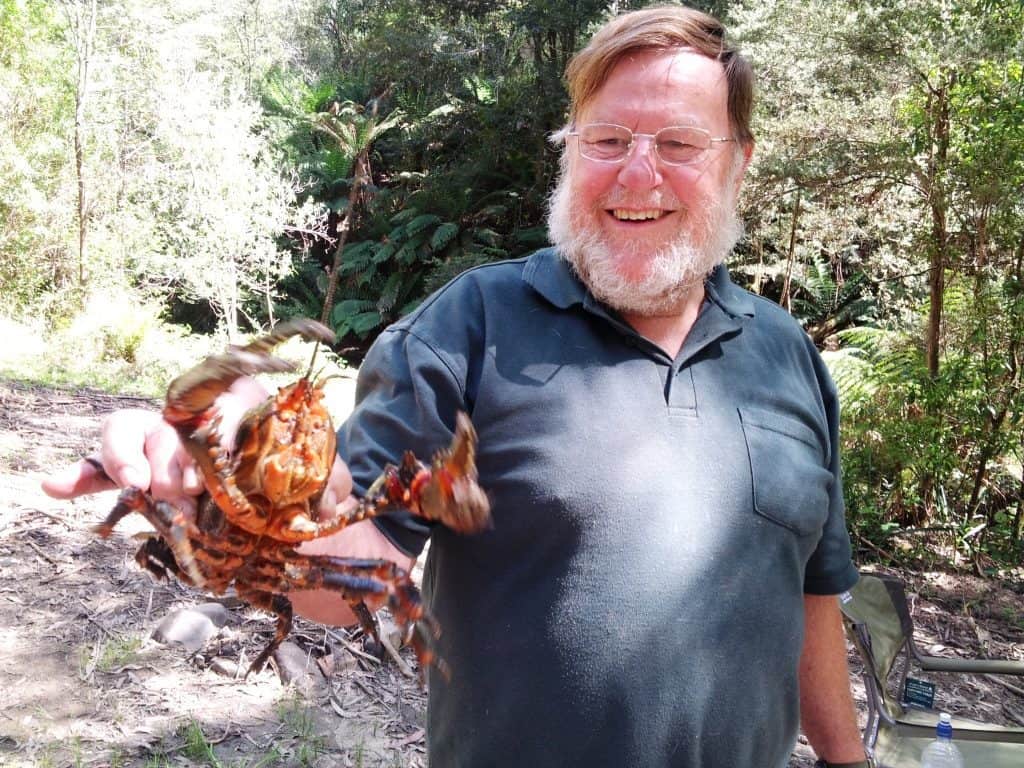
All such crayfish are quite easy to catch. Often all you need is a pair of sharp eyes (to see them) and a forked stick to pinion them. You have to be careful to pick them up between a finger and thumb behind their claws as shown as (some species) they can just about take your finger off.
There are even more ubiquitous and easy to catch freshwater creatures which (to most people) are well-nigh invisible and/or overlooked. These include the (very) common ghost shrimp and of course fish fry (or fingerlings, if you like).
I’m sure everyone has noticed the myriad of fry which swarm around any disturbance in the river bottom or any food thrown into the water, though most people would not have considered catching or eating them.
However, ‘Meat’s meat’ as Jim Bridger was famously supposed to have replied when questioned about where his (missing) trapping companions were when he turned up without them for rendezvous one Spring after a particularly bitter winter in the Rockies! This was the same Jim Bridger who deserted Hugh Glass as in the films ‘Man in the Wilderness’ (excellent) and ‘The Revenant’ (not so good). Not someone I would be going hunting with!
Many people in Southern Vic, Tas and NZ will be familiar with ‘whitebait’ a small fry which swarms in our rivers seasonally and is considered a delicacy (and some with ‘glass eels’ similar but rarer – and now I think illegal due to someone nearly emptying our rivers of them some years back! Unbelievably under licence!) Lots of folk will be familiar with netting whitebait with something resembling a butterfly net, but of course you can do the same with any ‘small fry’ – even your shirt will suffice.
All you need is to lay your shirt over a forked branch on the bottom of the stream, stir up the bottom a little, wait (30 seconds) for the fry to swarm over it then scoop them out on the bank. Place them in your billy to keep then when you have enough to boil or ‘bake’ them on a stone by the fire. Frizzled up crisp they are quite delicious. Here is a recipe for fish chowder.
Ghost shrimps are quite ubiquitous (I do love that word, as you can see) though most of you will never have noticed one because they are well-nigh invisible. They will swarm a cake of Velvet Soap placed in the river (which you shouldn’t – but just in case you want their existence confirmed).
Once you are assured they exist you will realise that the simplest hoop nets which you can quickly lift from the water will take them, providing it is ‘baited’ with some delicacy they like – such as soap! Pretty much any food actually.
They only require the very lightest ‘boiling’ in the billy until they turn pink. I find such small crustacea too fiddly to peel and simply eat them whole though they are a bit crunchier that way.
My uncle Ken taught me to do this when I was a boy going prawning with him around the margins of Lke Macquarie (NSW) on moonlit summer nights. You will get used to them this way – and you do get all their nutrient value which is vital in a survival situation.
It might be a good idea to fashion or carry something like this against the need to take such small aquatic tucker: Only a couple of bucks, or you could make something up yourself that only weighed an ounce or so.
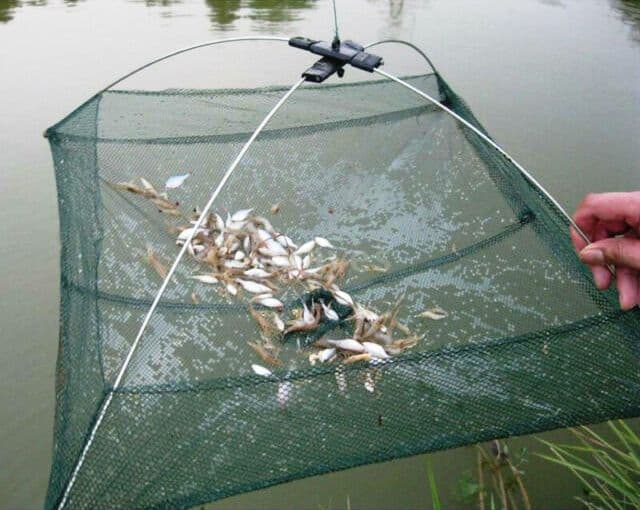
You might also consider my Ultralight Fishing Kit.
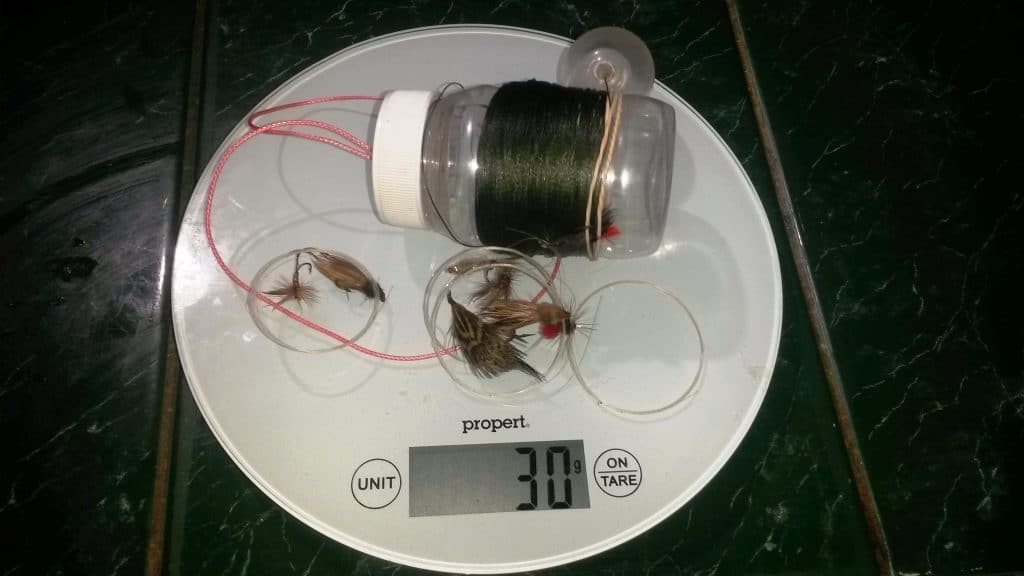
As you can see the ghost shrimp is very nearly transparent. Very difficult to see against the bottom of the stream. They are usually 1-3″ long.
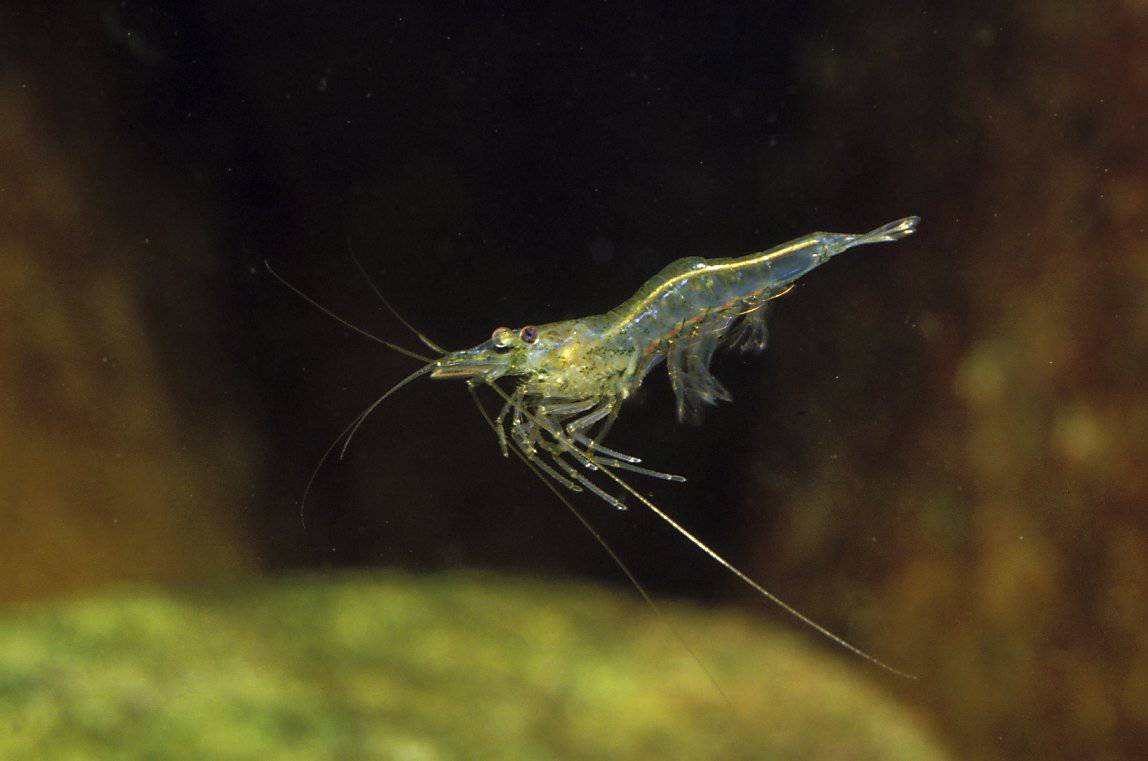
When we were kids we used to fish for gudgeons using a bush pole with some of mum’s sewing cotton tied to the end. Affixed to it was a bent pin (plus worm) and a couple a matches as a float. Here is a group of us at the local fishing hole (Tucker Creek Paterson NSW) c1955. I know the cat used to love me for my piscatorial efforts.
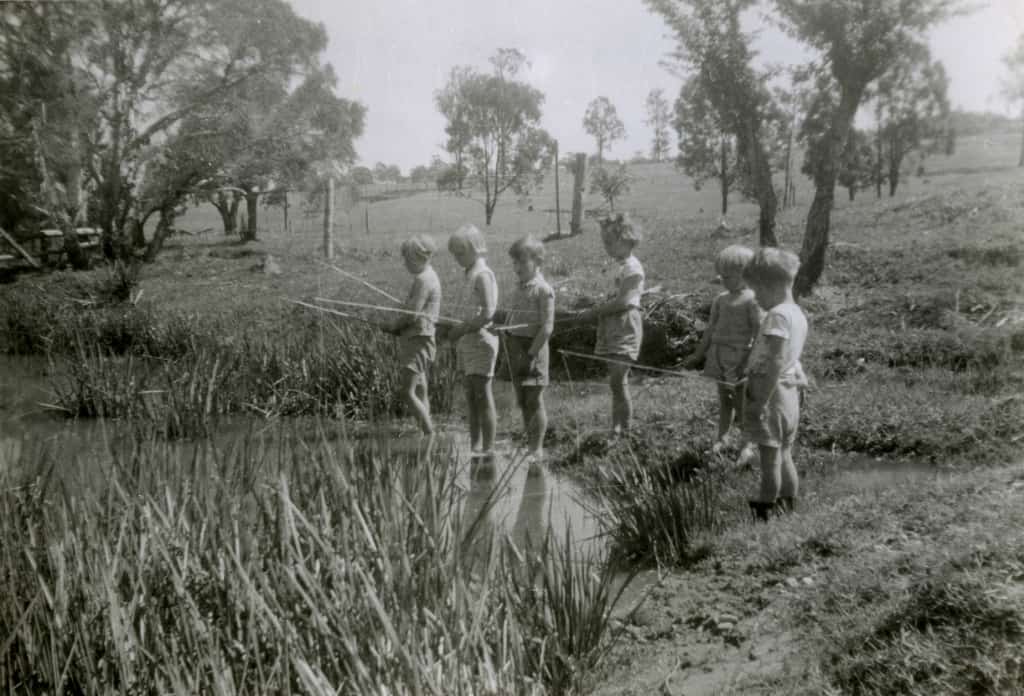
See Also:
A Ball of String and a Feed of Cray

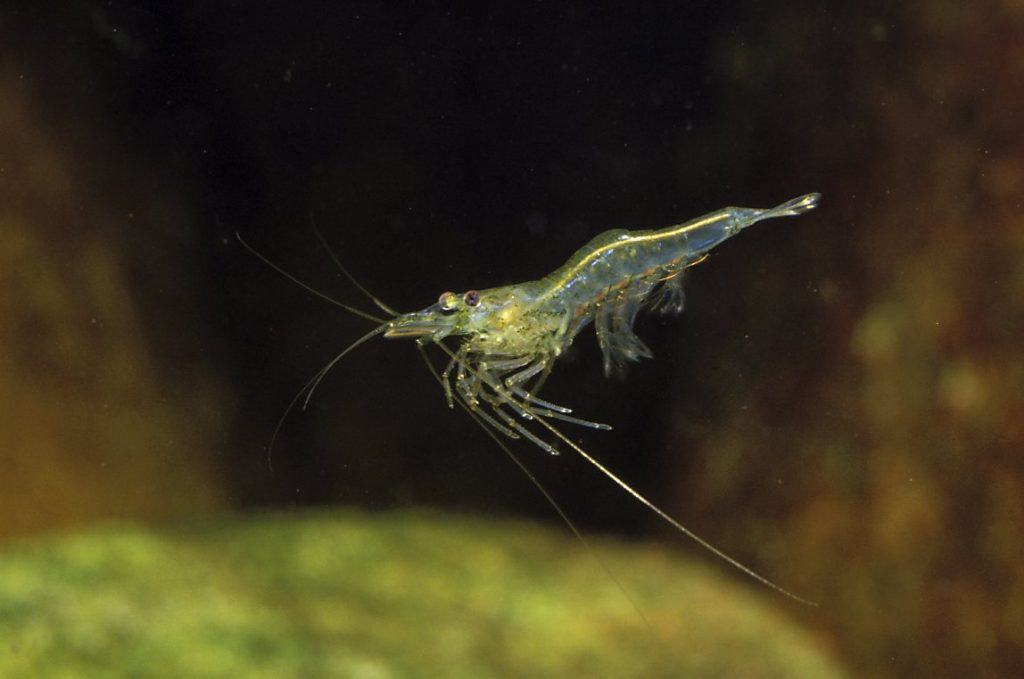
Now.. let us talk long pig
The survivors of that Andes plane crash.
Papua NG.
The convicts in Tas that escaped.
One left.
The poor bastards that survived at sea after such tribulation.? Many exsmples. Over many years.
Question. Bushman.
Where would You draw the line.?
Protein?
🤔
Mostly I think hikers can survive quite well without eating each other. As I have observed before eg in the posts Hatchet and https://www.theultralighthiker.com/2018/08/11/the-compleat-survival-guide/ you need water within eg three days bt you can go without food for a month (at least) so the advice about how to get the small amount of food/protein you need for your daily requirements is more about how to supplement your rations and/or to reassure folks that they need not die from hunger. Cheers, Steve.
BTW freshwater mussels.. tried em.
Awful!.
Agree the protein and minerals and roe if in season.. are probably going to keep you alive.. but ??.. lie back and think of England!
Hopefully noone gets into such dire straits.
Longjok Silver. 🤗
Edit.
Boiled worms.
Marron..
W. A. and kangaroo isle.
Tas giant crayfish… Astacopsis gouldii
I have caught them over 5 kilos.
You did not mention the ubiquitous machrobrachium australiensis nor the cherabim. Just being deplorable
The heavyweight swaggie.
🤗
Not actually an expert fisherman. Just making a point about a simple easy way to get a feed. Much easier than waiting at the end of a line. Cheers, Steve.
Understood.
Ever tried termite balls, or spoon fried bardi grubs?
I draw the line at roasted scorpion, tarantula, and boiled work.
I might be interested in butter fried locust.
Cheers.
The plumbaceous swaggie.
👍